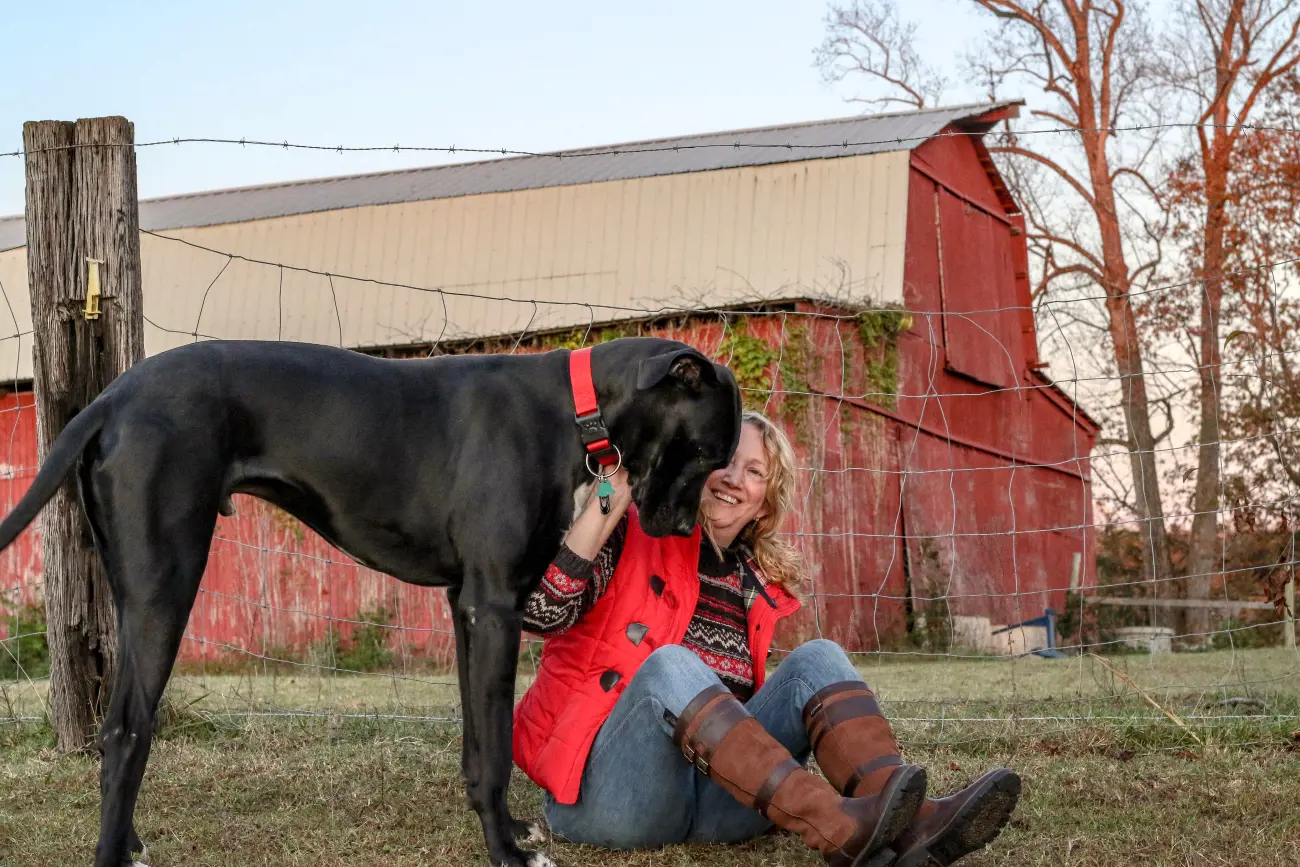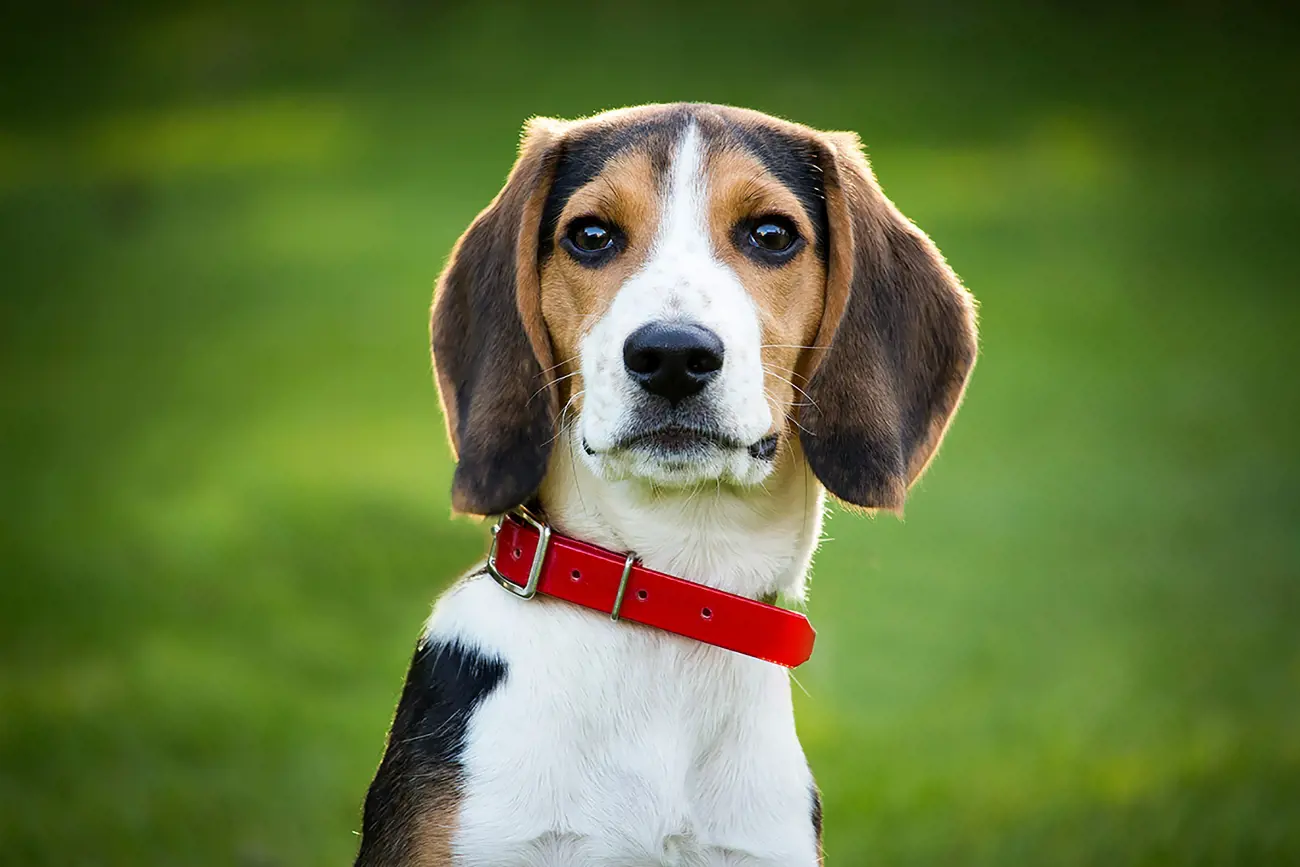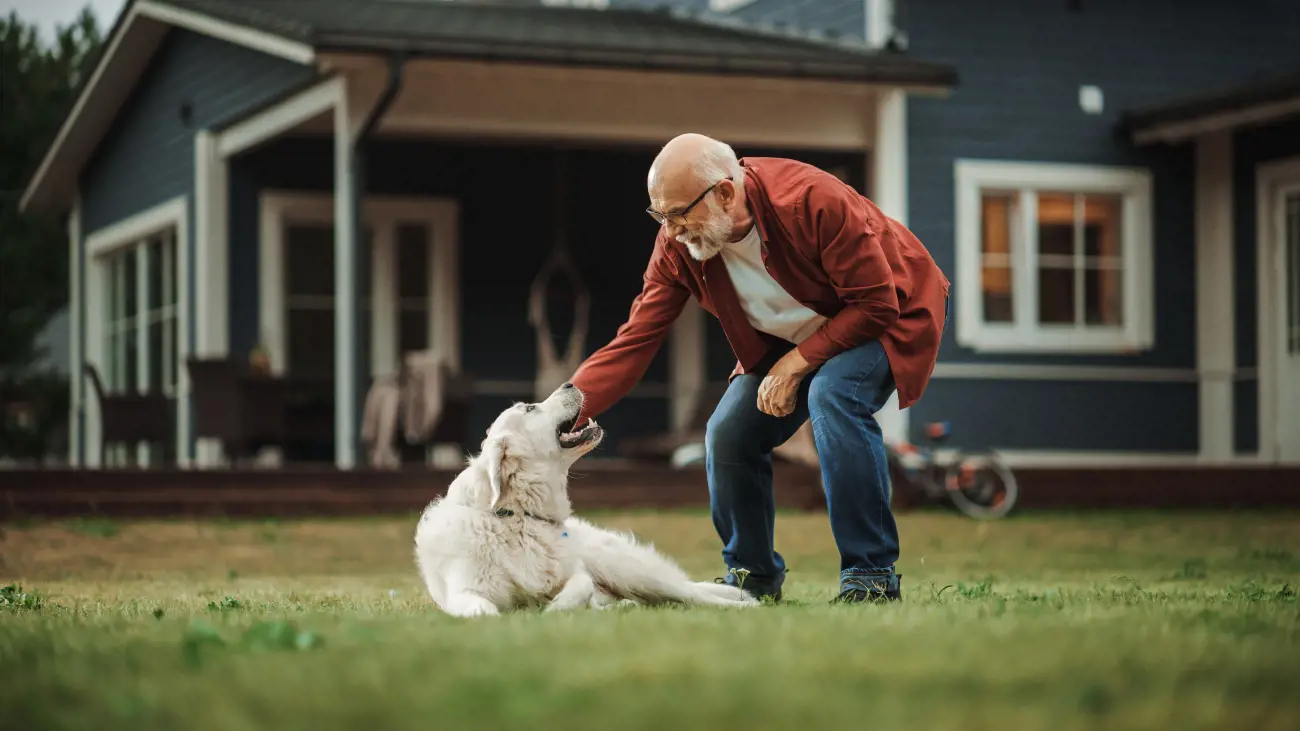What to do if you hit a dog with your car
25th January, 2021

As animal lovers, it’s no surprise many of us worry about hitting a dog while driving. Knowing you’ve injured someone else’s faithful companion is a horrible thought that hopefully you’ll never have to experience.
But just in case the worst should happen we’ve put together some straightforward advice on what you should do if you hit a dog with your car.
If you follow this guidance and the injured dog is covered by the right insurance for pets, hopefully they will continue to have a long and happy life.
Stop the car
The first thing you must do is stop the car in a safe place. If your vehicle is involved in a collision with a dog then you must pull over and report the accident to the police. You must do this as quickly as you can, whether the animal is killed or not – it’s the law.
Stay calm
Although it’s easier said than done, following an accident try not to panic. The dog’s life can often depend on what happens in these first few vital minutes.
By keeping calm you’ll be best placed to help the injured animal. Also, dogs are renowned for picking up on human’s feelings – if you’re distressed then it could upset or stress the dog and worsen the situation.
Stay safe
Our natural reaction is to help as soon as possible. However, you must put your own safety, and the safety of others, first. Watch out for other cars or hazards that could put you or anyone else in danger. You’ll be of no help if you cause another accident!

Assess the situation
Even if you haven’t been first aid trained there is a lot you can do to help in an emergency. While St John Ambulance looks after humans their advice on how to assess the situation and the casualty using the “Dr ABCs” is easy to remember and adapt to animals.
- Danger – Before approaching keep yourself and others around you safe. The situation on a busy road can change in an instant so stay aware of your surroundings. If there’s someone else with you then get them to warn traffic of the danger.
- Response – Check if the dog reacts to your voice or touch. Approach the injured dog carefully as they will be scared and could run off and injure themselves further or even bite you. If they don’t respond in any way they are unresponsive and should be treated as quickly as possible.
- Airway – Next, check their airway is open and clear of any obstructions. If they are unresponsive then quickly move on to assess breathing.
- Breathing – Are they breathing normally? If they’re not then removing their collar might help. If they are responsive and breathing then move on to circulation.
- Circulation – Can you feel a heartbeat? Are there any signs of severe bleeding? If they are bleeding severely, apply pressure to the wound.
- Send – Send for help! Call the local vet immediately to tell them the situation and to warn them you’ll be bringing in an injured animal. If you don’t have their phone number then find them on the Royal College of Veterinary Surgeons website. You will not be responsible for paying the vet’s fees.
If you think you may have hit someone’s pet, see if you can find its collar to access the owner’s contact details. The owner will hopefully have pet insurance in place and will want to be there as soon as possible to make sure their four-legged friend gets the care they deserve.
While a vet might attend the scene, it’s more likely and (assuming the dog can be moved) preferable and quicker to take the injured animal to the veterinary surgery. If you do need to move your dog when they are injured, this needs to be done really carefully. The PDSA has useful advice on this.
Dogs who have been involved in road traffic accidents often go into shock. So, it’s important you keep them warm by covering or wrapping them in a blanket. Keep their mouth and nose exposed so you don’t obstruct their breathing.
If you’re worried about broken bones, then keep them as still as possible. Place them on a hard surface such as a piece of board or the parcel shelf from your car before moving them.
It might go without saying but don’t give the dog any food or drink.
If you’re a pet insurance policyholder with Purely Pets then don’t be afraid to give our 24-Hour Vet Helpline a call. All calls are answered by registered veterinary nurses with a minimum of three years of practical experience.
Do you have to report hitting a dog with your car?
In the unfortunate event of hitting a dog with your car in the UK, you might be wondering, "Do you have to report hitting a dog with your car?" The simple answer is yes, it is a legal requirement.
The UK law classifies dogs as 'livestock' along with horses, cattle, pigs, goats, sheep, and donkeys. If you hit any of these animals with your vehicle, you are legally obligated to report the accident and call the police. This law is enforced under the Road Traffic Act 1988.
Not complying with this regulation can lead to hefty fines or even imprisonment. It's not just about legal ramifications though, it's also about humane responsibility.
If possible, try to locate the owner or take the animal to a nearby vet if it's safe to do so. Being involved in such an incident can be distressing but remember, it’s important to act responsibly and ensure the welfare of the animal involved.
Who is at fault if a car hits a dog in the UK?
This question is not as straightforward as it may seem. In the UK, under the Road Traffic Act 1988, it is legally required to report hitting certain types of animals including dogs.
So, if the driver has hit the dog and failed to report it, then they could be held accountable. However, the responsibility doesn't solely lie with the driver. Dog owners also have an obligation to ensure their pets are safe and under control at all times.
If a dog was loose on a busy road due to negligent behaviour from the animal's owner, then they could be seen at fault. Thus, it's a complex issue with who is held liable; potentially being shared between the driver and the pet owner depending on the circumstances.
It's advised that both parties should report the incident to their respective insurance companies who can then assess the situation based on evidence and witness accounts.
Why are dogs covered by the law – but not cats?
It's a question that has puzzled many: Why are cats not covered by the Road Traffic Act when dogs are? This interesting quandary arises from the unique characteristics and behaviours of these two popular pets.
Dogs, being larger and more sociable animals, are often out in public with their owner, walking on leashes or playing in parks. This makes them more likely to interact with traffic and hence, necessitates certain legal protections and responsibilities for their owner.
On the other hand, a cat is much more independent. They have a knack for stealth, agility, and a strong instinct for self-preservation. As such, they are less likely to find themselves in the direct path of cars.
Moreover, cats are typically smaller than dogs, which unfortunately means that if they were to get hit by a vehicle, they're less likely to cause damage or injury.
It's also worth noting that historically, dogs were domesticated and used for work-related purposes such as hunting, herding, or protection - tasks that often required them to navigate public roads and spaces.
Cats, however, were primarily kept for pest control and companionship within the confines of private property. These historical roles have influenced modern laws, leading to the inclusion of dogs but not cats in the Road Traffic Act.
First aid kit for dogs
Every year thousands of dogs are involved in road accidents. But knowing what to do in such an emergency is only part of the puzzle.
It’s also important to carry a first aid kit that is stocked with items suitable for such animal emergencies. The Blue Cross has a handy list of what your dog first aid kit should include:
-
Bandages – self adhesive or crepe (5cm width)
-
Conforming bandages (2.5cm width)
-
Absorbent non-adhesive dressings
-
Surgical sticky tape
-
Cotton wool
-
Sterile absorbent gauze
-
Blunt-ended scissors, preferably curved
-
Thick towel
-
Elizabethan collar
It might also be worth carrying some wound wash, tweezers, surgical gloves, a foil blanket, and a warm blanket.

How insurance can help
Emergencies can lead to many unexpected costs such as vet bills. By paying a regular premium you’ll find it much easier than finding cash in a hurry.
If your beloved friend is involved in an accident, our award winning insurance could help cover the costs, which can be substantial.
Make sure you have the protection you need by taking out insurance for your pet through the dedicated team at Purely Pets. If you choose Purely Pets, you’ll benefit from:
-
24-Hour Vet Helpline
-
Choose an excess from £60
-
15 levels of lifetime cover
-
Online claims
-
Knowledgeable team ready to help
-
Lifetime cover up to £15,000
-
Online policy management
Get a quote from Purely Pets today.
Policy benefits, features and discounts offered may very between insurance schemes or cover selected and are subject to underwriting criteria. Information contained within this article is accurate at the time of publishing but may be subject to change.
Helpful Pages
Recent Posts

Why do Great Danes bury their heads?
12/03/25
Find out more about Beagles
28/02/25Pet Insurance Quote
- 98% claims paid *
- Claims paid directly to vets
- 24/7 vet video consultations
- Interest free monthly payments


